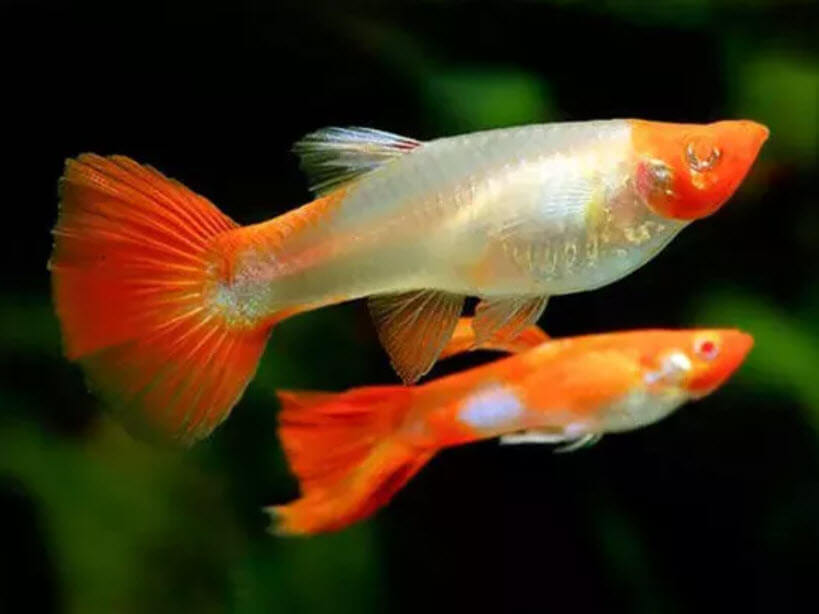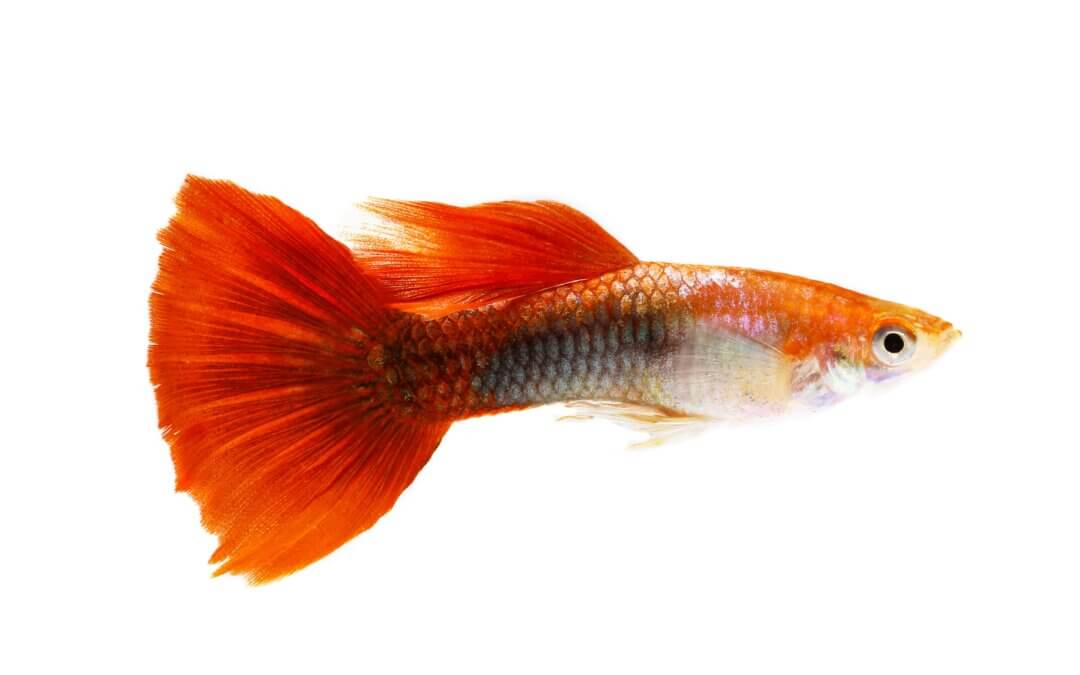There are several ways to determine males and females, but these are the three easiest methods for breeding livebearers:
Ready for Breeding Livebearers
First check the fins – The organ that the male carrier uses to inseminate the female is called the gonopod. It is a modified and visible anal fin under the belly, resembling a pointed fin rather than a females’ average triangular anal fin. It averages around 10mm and can be moved by males, especially when females are close. Carrier males may also wear attractants in the form of bright colours or modified tails or dorsal fins. They use them to show off females and attract them close enough to be inseminated.

Compare size because females must carry a belly full of large fry, they outgrow the males of the species. When full of fry, female bellies also expand greatly. On the other hand, Males take the ‘live fast and die’ approach to life. These extensions of fins and vivid colours make them more visible to predators in the wild. Their mission is to mate before they are eaten, so being small works great.
The Gravid Spot – This is the name of the black spot visible on the belly of pregnant females. It is most noticeable in olive-coloured wild-type fish, although it may even appear in bright gold or orange fish. Only female livebearers have the “gravid spot”. In which it becomes more noticeable in late pregnancy when it is large with growing eggs and fry.
Investing in a Net Breeder
If you buy your platies from Waterlife Aquarium, the females are likely to be already pregnant as we keep them all sexes together. So, it’s a good idea to invest in a product called a Net Breeder. This is a netting or plastic enclosure that sits inside your aquarium to house baby fish. As soon as they are born, move the babies into this enclosure to keep them away from hungry predators.
Having virgin female livebearers is the best way to raise your carriers alive, as it means you can determine which male livebearers they breed with. Breeding livebearers of the same colour variety are likely related. Inbreeding should be discouraged due to genetic weaknesses such as malformations and disease. If you want to produce or mix up your own variety of fishes, females of one colour can be mixed with males of another. This will also ensure that unrelated parents are used.
For full control, you can even consider keeping males and females in separate tanks. With a third being used to mate a specific male with a specific female and rear fingerlings later.
Note: Female livebearers can store sperm after mating, so if you mate once, you could produce three batches of fry from the same original mating.

